Roxbury Township is a small municipality in suburban Morris County, New Jersey, right on the border with Sussex County. Something to note is that Roxbury is actually a Township, a municipality composed of even smaller towns and communities, and it’s in each of these communities where there is an entire history that is often forgotten and overlooked by the many houses that now stand in its place.

The town of Landing is no stranger to this concept. Landing is situated between Ledgewood and the grand Lake Hopatcong. With the rest of the modern-day Roxbury Township communities started a humble beginning as an iron-importing community and have served as a resort community, a reinforcing community for the Morris Canal, and a prominent local hub for the railroad.
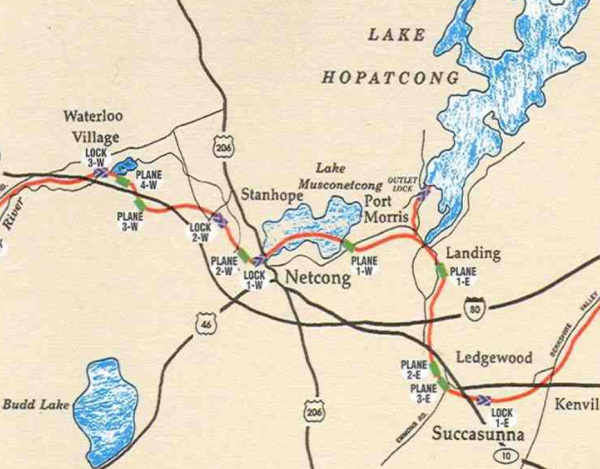
It was after the Revolutionary War, where the local communities around and in Roxbury would supply the war effort with iron ore and cannonballs, that the communities of Landing and its smaller subdivision of Port Morris became very important. With the beginning of construction of the Morris Canal in 1825, the local Landing community of Port Morris was established as a hamlet to reinforce and support the Morris Canal as it traveled through the area.
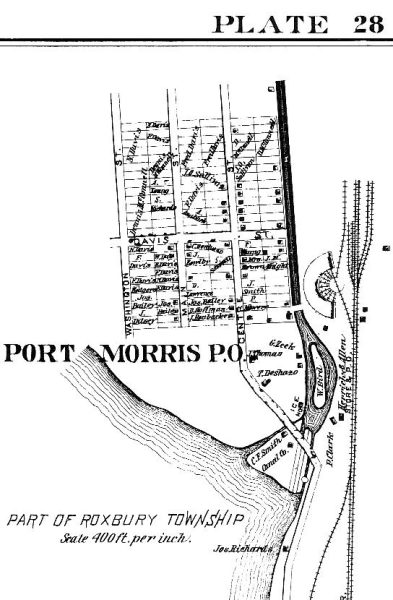
After the Morris Canal ran through the middle of Lake Musconnetcong, there was a brief detour in the canal northbound to connect it to the large Lake Hopatcong. According to local historian Marty Kane of the Lake Hopatcong Foundation, Lake Hopatcong served as “life support for the Morris Canal,” and wedged right between the two lakes is none other than Port Morris, with Landing close by.
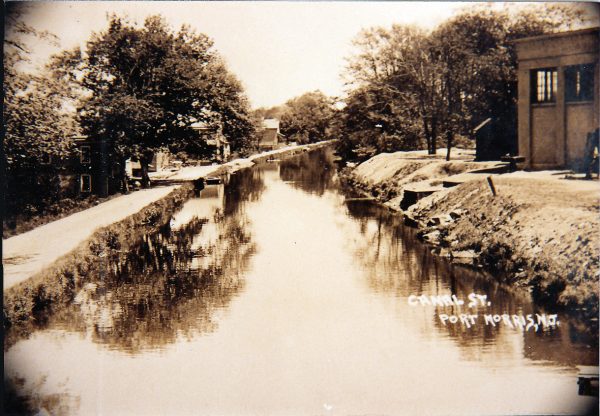
Following the completion of the Morris Canal in the early 1830s, the little hamlets that were established along the Morris Canal’s route to the Hudson River would grow into small prospering communities, and Port Morris would be no exception. Three main roads were created in Port Morris; Washington Street, Main Street, and Center Street respectively.
If you know the area of Port Morris, you may be wondering; “well where is Canal Street?” Canal Street is named so for a reason, because only a century ago that road we know today was actually part of the Morris Canal. The Morris Canal would run from Lake Musconnetcong, up an inclined plane that ran up to modern-day Canal Street, and would connect to Lake Hopatcong and continue further eastward.
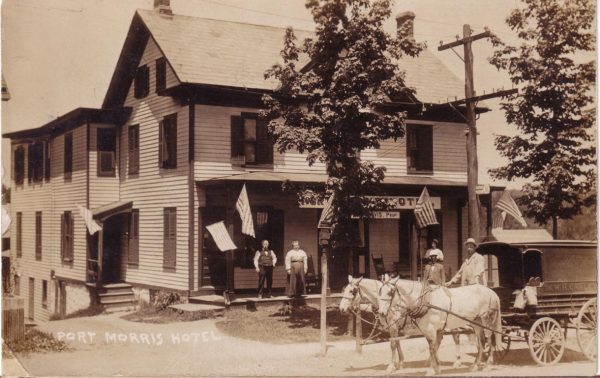
In Port Morris, stores, homes, a hotel, and even a school all sprung up to profit and reinforce the Morris Canal. The Port Morris Hotel was created in the late 1800s, situated on modern-day 266 Center Street. It was operated by the Davis Family until it tragically burned down in a fire in the 1930s.
Additionally, many stores existed in Port Morris such as the Thompson General Store (left side of the left image, below), the Hulse General Store (behind the house on the right side in the left image), and the Blackwell General Store (far right side of the right image, below), with many more that would continue to sprout up until the introduction of supermarkets where most surviving local businesses would close from the 1960s to 1970s.
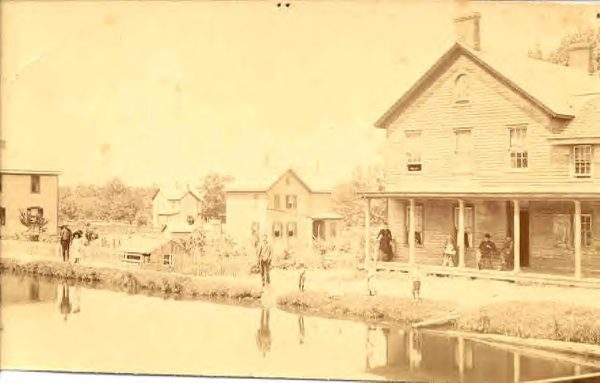
Lastly, there was the Washington School, also known as the Port Morris Elementary School, which was built in 1892, burnt down in early 1922, and was replaced with a larger brick elementary school that still stands, and is currently an apartment complex.
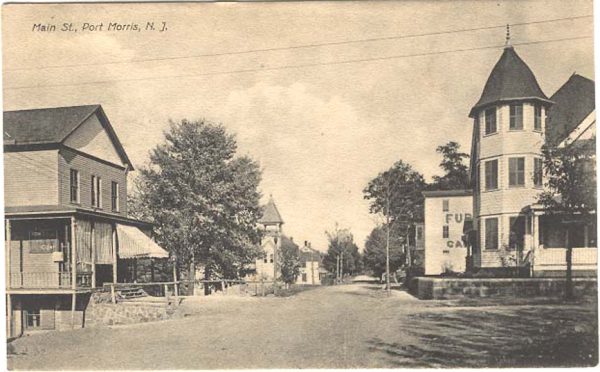
Although the Morris Canal proved to be very successful and important when it came to transportation and importation, it was nothing compared to the rapidly expanding railroad industry of America. By 1860, there were already railroads in the area laid down by Morris & Essex (later taken over by the Lackawanna Railroad), and much like the Morris Canal; the local railroad industry rapidly expanded.
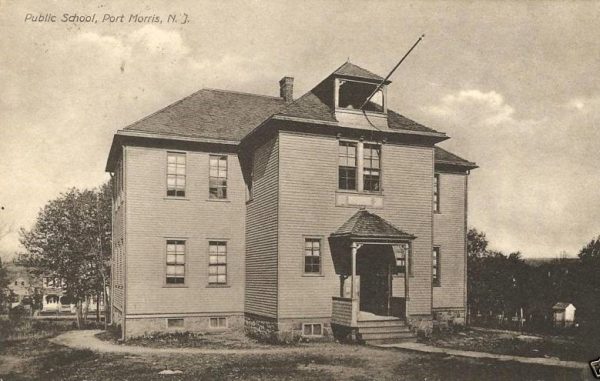
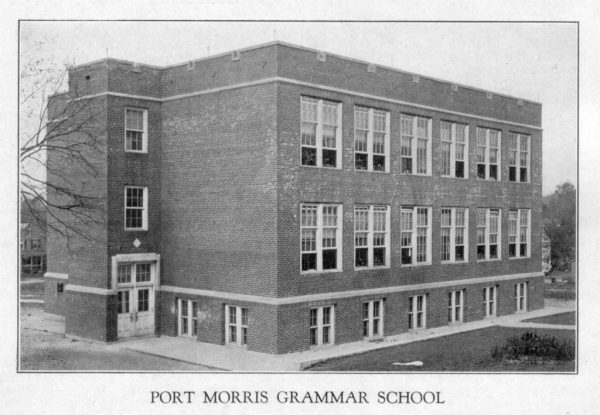
By the 1890s, the railroad industry was booming in Landing and Port Morris. An entire railyard was created just south of Center Street, that consisted of railroad tracks, a roundhouse, a coal transfer station, plenty of working space, and more. The booming railroad industry created tons of jobs for the locals, allowed easy transportation, and sprang up and expanded even more little communities.

For example, nearby Port Morris is the road known as Kings Highway, where a tiny neighborhood was composed almost exclusively of railroad workers.
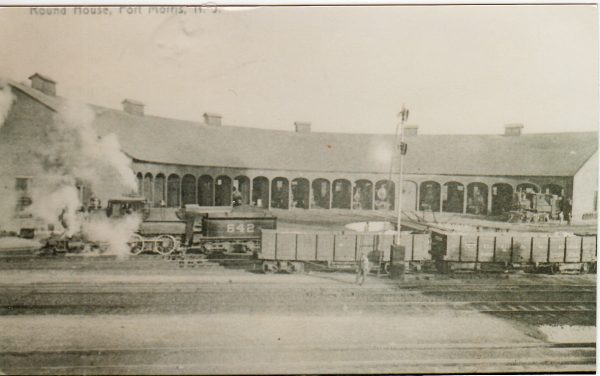
Additionally, the Lackawanna railroad constructed train stations in both Drakesville (now known as Ledgewood) and Landing. The Lake Hopatcong Train Station in Landing became a key railway transportation hub for our local community. Construction of the original station was completed by 1886, and the railway ran parallel to the Morris Canal, taking a very similar route.
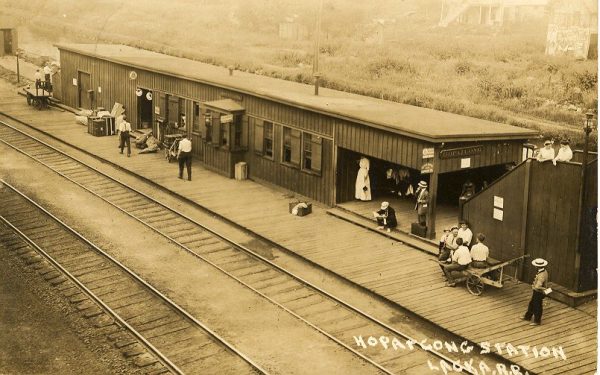
However, it would not be until 1911 when the iconic Lake Hopatcong Train Station was reconstructed as a gift for Lake Hopatcong as part of the larger Lackawanna Cutoff project, which was a large-scale railway that was constructed by the Delaware, Lackawanna, and Western railroads.
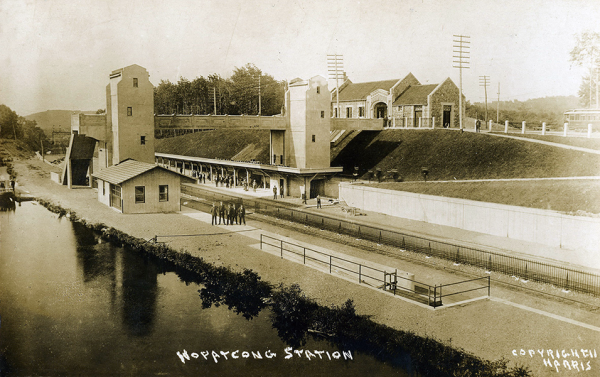
Landing used to be a place filled with hotels and resorts. With the newly opened Lake Hopatcong Train Station, everyone had to visit the great Lake Hopatcong and stay at a hotel to get a break from the bustling city life of Newark, Jersey City, and New York City.
In addition to the Port Morris Hotel which was primarily intended for Morris Canal travelers, there were many hotels that profited off city folk going on their vacations to Lake Hopatcong. As city-folk left the trains at the Lake Hopatcong train station, they were greeted by the Westmoreland hotel directly in front of them, and behind them would be multiple steamboats that would take people out onto Lake Hopatcong and bring them to the docks of hotels that sprinkled the coastline of the lake.
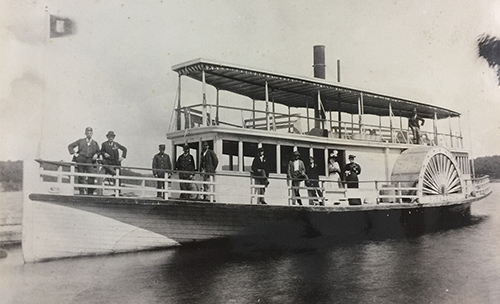
Arguably the two most notable hotels of the entire Lake were the Castle Edward and Breslin Hotels. The Castle Edward, as the name suggests, was a massive hotel that looked like a castle on the side of a hill in the town of Hopatcong, whilst the Breslin was this massive luxurious hotel that dominated the skyline of modern-day Mount Arlington.
However, most of these hotels, including the luxurious Breslin Hotel, would not stay in the hands of Landing for long: in other words, Mount Arlington used to be a part of Landing, and it was in Mount Arlington where all of these hotels were popping up along Lake Hopatcong.

Nonetheless, with Mount Arlington becoming much wealthier than the rest of the primarily rural Roxbury Township, the town would break away from the township and become its own borough on November 3, 1890. Leaving one remaining hotel in the hands of Landing: the Westmoreland Hotel.
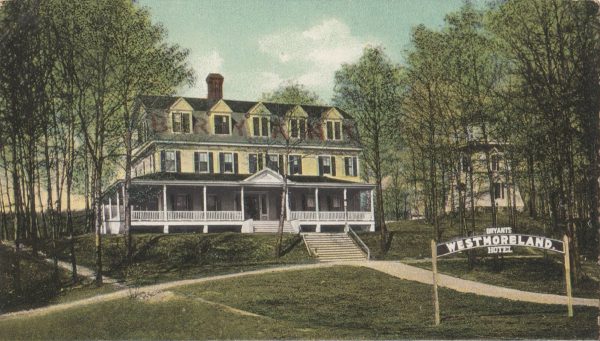
On Landing Road, situated directly across the Landing Bridge and across the street from the Lake Hopatcong Train Station, the Westmoreland Hotel, owned by the Bryant Family, was a beautiful and large hotel with a “highly regarded restaurant and banquet hall,” in fact, according to landingnewjersey.com, “During World War One, the nearby Atlas Powder Co. geared up to produce large quantities of munitions for the Army. Atlas housed its new workers at the [Westmoreland] Hotel.”
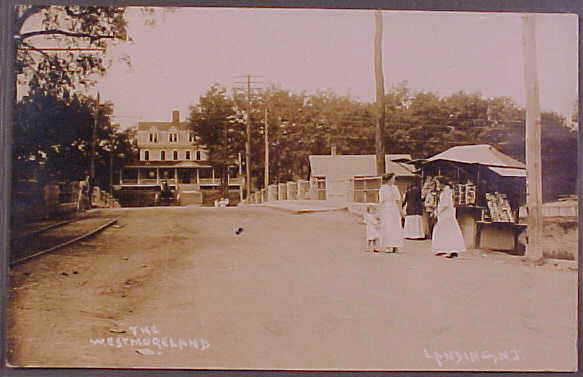
Unfortunately, a recurring theme when discussing old wooden buildings in local history is that all of them have a very similar end: all of them burned down! Westmoreland was no exception, it burned down in 1922, and it was near the site of today’s “Station Hardware.”
Ultimately, it is the history of every local town that creates the community we continue to live in and love. Although the Landing and Port Morris communities are small and seemingly insignificant, the local history is mighty and impressive and argues otherwise.
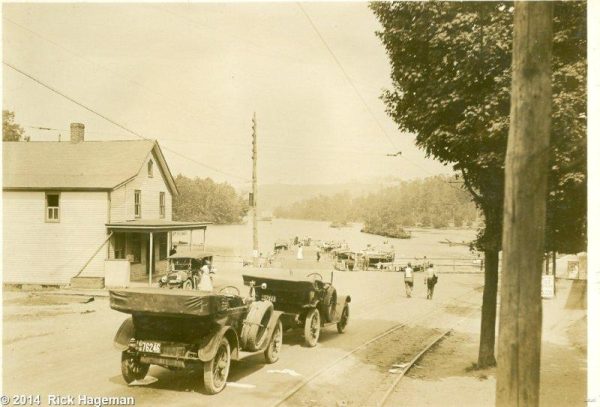
Photo Courtesy of Canal Society of New Jersey, landingnewjersey.com, Lake Hopatcong Foundation, and mountarlington.org






